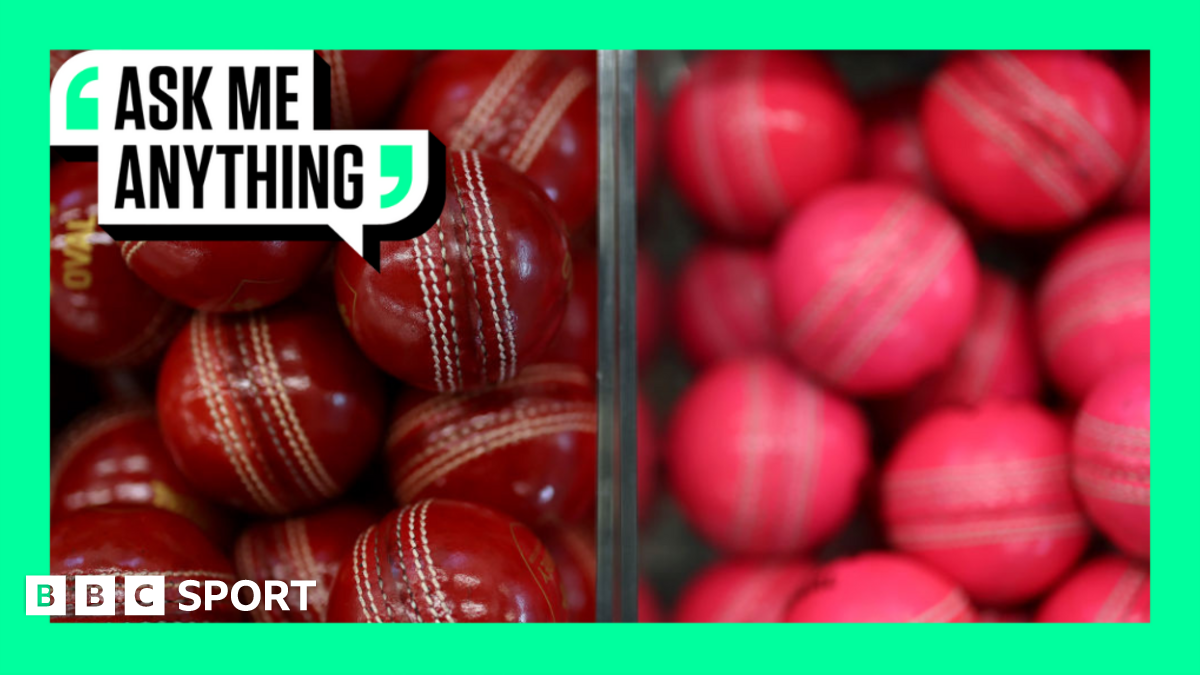The different balls are designed with distinct colours for visibility reasons only, and manufacturers often insist no difference exists beyond the colour.
But many players, coaches and fans believe they each behave differently.
There is a common perception the white ball swings more than the red ball, and bowlers also sometimes claim there is a difference in feel in the hand between the two, leading to a slight difference in grip and greater difficulty generating spin.
Given the discrepancy between what the manufacturers say and what players insist they experience, there is no conclusive answer which explains whether the different balls really do or do not play differently.
But if they do, what could possibly be behind it?
Well, the exteriors of the different kinds of ball are treated slightly differently during the manufacturing process.
Red balls are commonly darkened with wax before the lacquering process, lending them a leathery feel, while white balls can have an extra layer of polish applied to improve their shine under floodlights.
That creates a smoother, glassier finish which could allow white balls to move slightly more quickly through the air and face less resistance, leading it to swing farther than the red ball. The seam on a white ball can also be less prominent than on a red ball, leading to a further decrease in air resistance.
The pink ball is treated more similarly to the white ball, though it features a black or green seam to improve contrast. Some believe the pink ball has a tendency to swing even more than the white ball.
While the red ball can be shined by players during play, the white and pink balls cannot. The fact the red ball includes a layer less of lacquer means it often wears down more easily than the white and pink ball.
Read full article at source
Stay informed about this story by subscribing to our regular Newsletter



